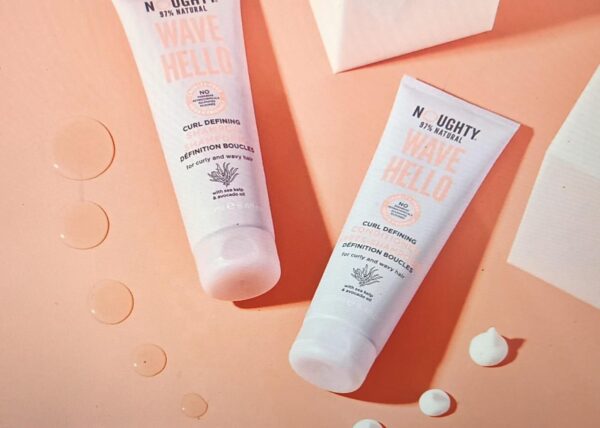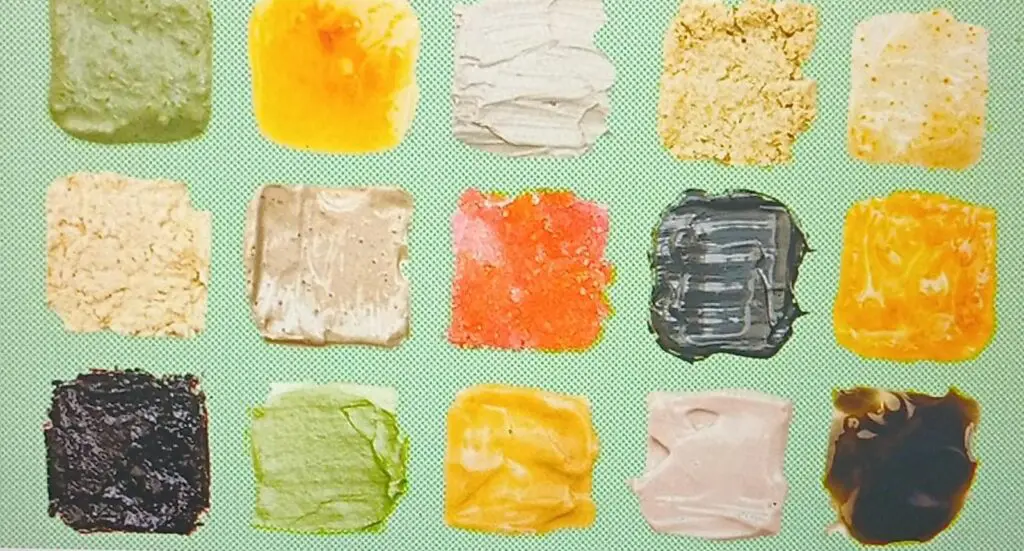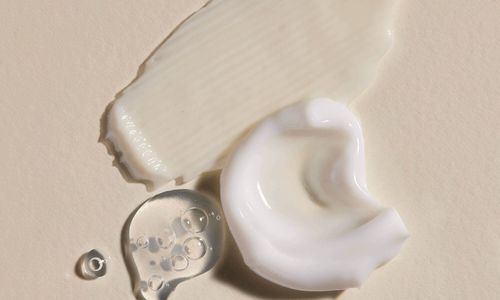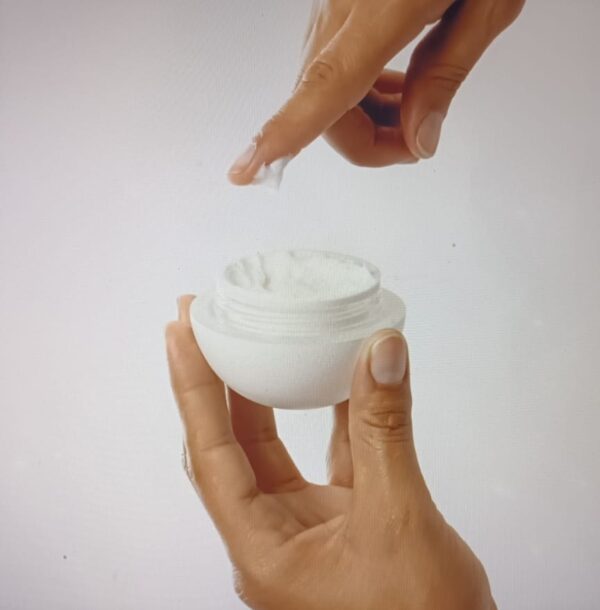
Myths About Retinoids and Retinol
Retinoids and retinol have earned their place as the “holy grail” of skincare.
Study after study has proven their power to encourage cellular turnover, stimulate collagen production, treat acne, soften wrinkles, fade pigmentation, and give your skin an overall youthful glow.
Their role in the skincare industry is as vital as the Queen to the world: absolute royalty.
However, with so many benefits, it’s easy for word of mouth to overtake the science. This can lead to misconceptions that make people hesitant or misuse these incredible ingredients.
Our goal is to help you get the best skin of your life by clearing up the confusion. So, let’s debunk 12 common myths about retinoids and retinol to ensure you are making the most of this skincare superstar.
As always, we turn to trusted research to put an end to any worries or confusion surrounding retinol.
1. Myth: All Retinoids Are the Same
Not all retinoids are created equal. They belong to a large family of compounds derived from vitamin A, but they come in different strengths.
Over-the-counter (OTC) options like retinol and retinoid esters are gentler, while prescription-strength tretinoin or Isotretinoin (Accutane) are more potent and faster-acting. Each type works differently, so choosing the right one depends on your skin’s needs.
2. Myth: Retinoids Thin the Skin Many
People think retinoids thin the skin because of the peeling effect they often cause. In reality, the opposite is true.
Retinoids boost collagen production, which thickens the skin and makes it stronger. This is particularly important as we age since skin naturally becomes thinner over time.
3. Myth: Retinoids Exfoliate the Skin
Contrary to popular belief, retinoids are not exfoliants. They don’t break down dead skin cells like AHAs or BHAs.
Instead, they work by promoting cell turnover, encouraging new skin cells to rise to the surface. The peeling or flakiness you may experience is a side effect of irritation, not exfoliation.
For effective skin exfoliation, you should turn to AHAs (glycolic acid) or BHAs (salicylic acid), depending on your skin concerns.
Related: Best Glycolic Acid Creams, Serums & Toners in Pakistan
4. Myth: Retinoids Cause a “Purging” Phase
You may have heard that using retinoids means your skin will “purge” or get worse before it gets better.
While mild irritation and breakouts can happen during the first few weeks, a severe purge is not necessary. To avoid discomfort, start slow with a low concentration and gradually increase usage.
5. Myth: You Should Avoid Retinoids if You Have Sensitive Skin
Retinoids have a reputation for being harsh, but that does not mean those with sensitive skin should avoid them.
You can still use retinoids by starting with a lower concentration or mixing them with a moisturizer. Using it just once or twice a week at first will help your skin build tolerance.
6. Myth: Retinoids Are Only for Older People
Retinoids are often marketed for their anti-aging benefits, but they were originally created to treat acne. This means even younger individuals can use retinoids for acne control.
In fact, starting early can help prevent signs of aging before they even appear.
7. Myth: The More Retinoid You Use, the Better the Results
Applying too much retinoid won’t speed up your results. In fact, using too much can lead to irritation, redness, and peeling.
A pea-sized amount is more than enough to cover your entire face and deliver the benefits without overwhelming your skin.
8. Myth: Retinoids Work Immediately
Retinoids are a long game, not a quick fix. For over-the-counter retinol, it can take several months for visible results.
Prescription-strength tretinoin may work faster, but it still takes a few months to see the full effect. Patience is key with this skincare hero.
9. Myth: You Shouldn’t Use Retinoids Around the Eyes
The delicate skin around your eyes can actually benefit from retinoids. This area is often the first to show signs of aging, like fine lines and wrinkles.
To protect sensitive skin, you can apply an eye cream first and then follow with your retinoid.
Related: How and When to Use Retinol in Your Skincare Routine
10. Myth: You Have to Use Retinoids Daily to See Results
While daily use might bring faster results, you can still see significant improvements with just a few applications per week.
It is better to start slowly and gradually increase your frequency as your skin gets used to it, especially if you’re prone to irritation.
11. Myth: Stronger Retinoid Percentages Mean Faster Results
Jumping to a stronger formula is not always the best approach. Stronger retinoids can lead to more irritation, and you will need to give your skin time to adjust.
Starting with a milder form and building up tolerance often leads to better, more comfortable results in the long run.
12. Myth: If Your Skin Peels or Turns Red, You Should Stop Using Retinoids
I is normal for your skin to feel a little irritated when you first start using retinoids. Peeling, redness, and dryness are common side effects during the adjustment phase.
Instead of quitting, try reducing how often you use the product and keep going — your skin will adapt, and the benefits will follow.
Final words: Should you start using retinol?
Absolutely! Start using retinol right away, keeping in mind all the dos and don’ts. With myths debunked, you can confidently embrace retinoids, knowing they are one of the most powerful tools for healthy, glowing skin. Just remember, patience and consistency are key to seeing the full benefits of retinoids.
Related:
Why Retinol Stands Out as the Best Anti-Aging Ingredient
8 Best Anti-Aging and Wrinkle Creams in Pakistan

Education: University of Peshawar
Abrar Ahmad holds a Master’s degree in Chemistry and has been writing about skincare for over five years. With a deep understanding of ingredients and their impact on the skin, he enjoys sharing practical, science-based skincare advice. When not writing, he loves playing with his kids.



